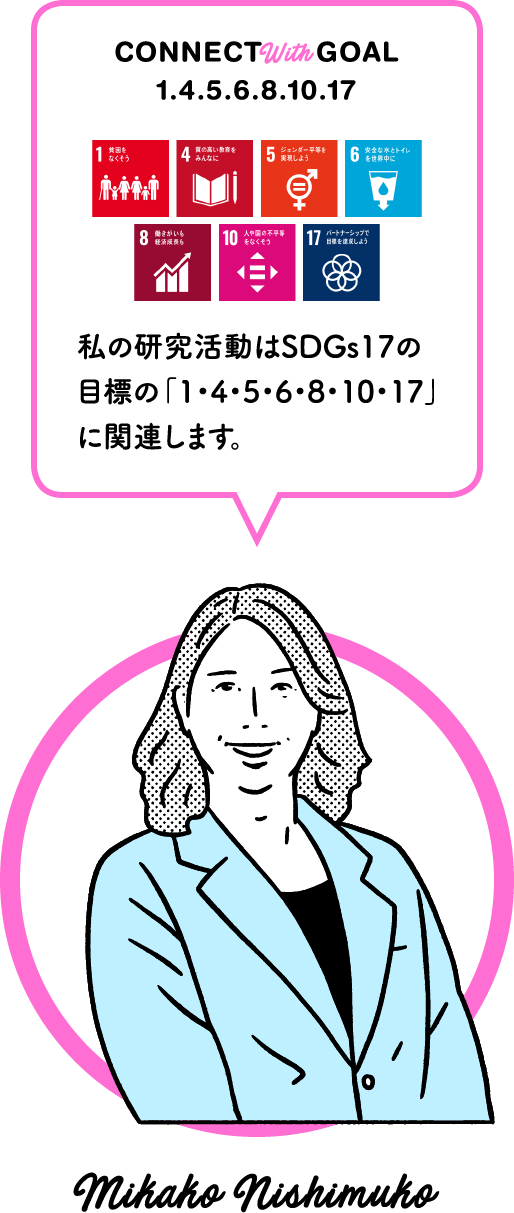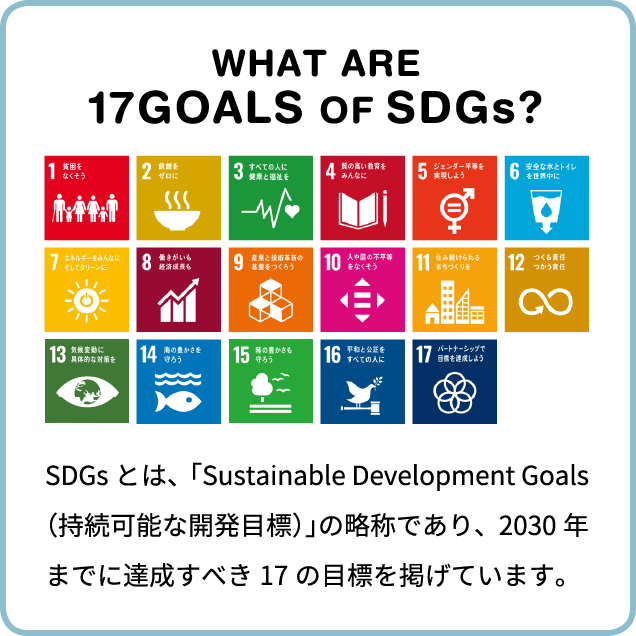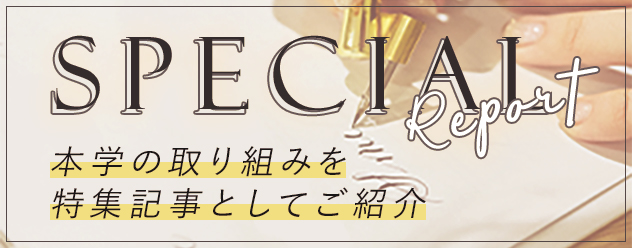



Teikyo University Faculty of Languages and Cultures Department of Foreign Languages
Associate Professor
Dr. Kenkako Nishimukai


After graduating from Meiji University, he studied abroad in the UK. He completed a Master's degree in Sociology and Anthropology at the School of Oriental and African Studies, University of London, and obtained a PhD from the School of Social Policy at the Institute of Education, University of London. Since 2016, he has been Senior Assistant Professor at Teikyo University's Faculty of Languages and Cultures. He is currently focusing on research into basic education in Sierra Leone and Ghana in Africa.





Educational support for developing countries by the international community has been provided since World War II. With the adoption of the MDGs (Millennium Development Goals) in 2015, the education field also received a tailwind, and the quantitative spread of primary education was made in developing countries as well.


Ghana has introduced free education from elementary school to high school, but problems such as a low rate of advancement after secondary education have become apparent. Especially in rural areas, it may not be possible to safely attend school during the rainy season, or it may be involved in accidents or incidents. An environment with poor hygiene, such as a toilet, can lead to a factor that makes female students distant due to physiological problems.


Ghana's public school operating funds are subsidized according to the number of students and are transferred once a year. The amount is about 200 yen per person. It is known that the financial condition of the family and awareness of education affect the learning outcomes of children because some schools provide supplementary lessons but parents have to bear the costs separately.


A survey of teachers and students' attitudes at high-ranking and low-ranking schools in rural Ghana revealed that the high motivation of teachers for lessons at the high-ranking schools led to ingenuity in teaching. In addition, some schools hold contests to increase children's motivation to learn. Since there is no difference in the remuneration system for teachers by region, the quality of education is left to the awareness and skills of teachers.


Witnessing the current situation in Ghana, free education is just the start, and improvement requires ingenuity and effort. Still, teachers are a profession that children long for, and we know that schools with passionate teachers perform better. Education is about people facing people. By making efforts to solve problems and chaining high-quality education, the value of society will increase.



